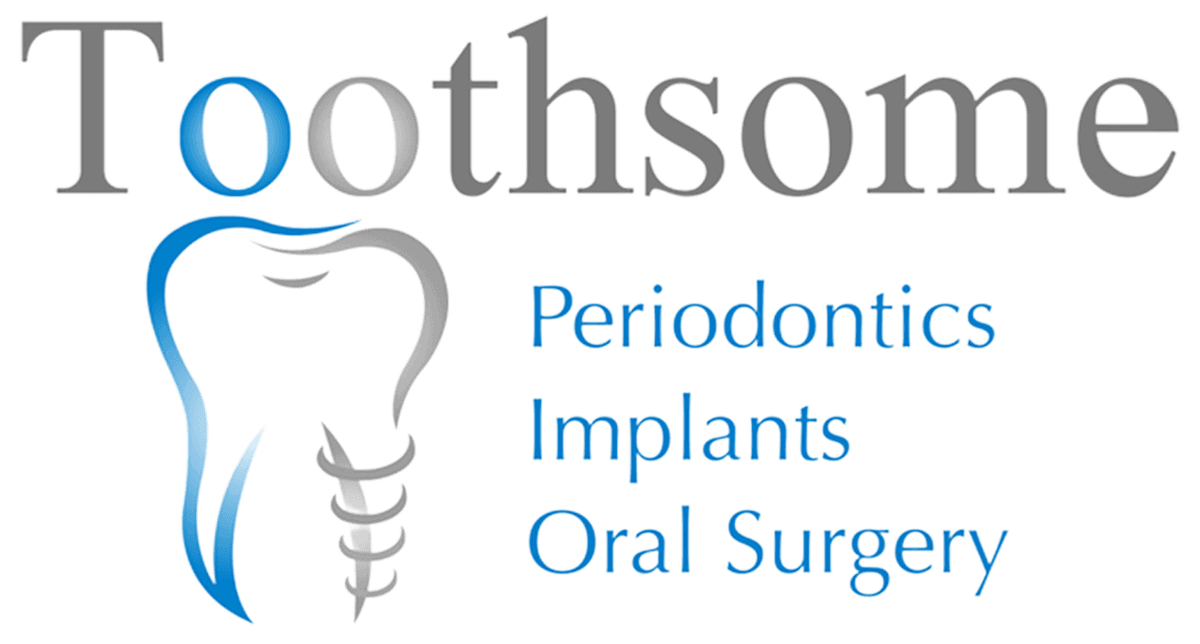Post-dental bone graft surgery, patients often find themselves navigating a path to recovery that involves more than just physical healing. Understanding what to expect after the procedure can help individuals prepare both mentally and physically for the journey ahead.
From managing post-operative pain to implementing proper oral hygiene practices, each aspect plays a crucial role in the overall success of the bone graft.
Stay tuned to unravel the essential tips and insights that will guide you through this transformative phase of your dental health journey.
Post-Operative Pain Management
After dental bone graft surgery, patients may experience varying levels of discomfort that can typically be managed effectively with prescribed pain medications. It is crucial for individuals undergoing this surgical procedure to follow the prescribed pain management plan to ensure a smooth healing process.
Maintaining good oral hygiene and avoiding excessive physical activity can aid in reducing the risk of complications such as excessive bleeding or severe pain. Following the guidelines provided by the oral surgeon is essential for a successful recovery and eventual dental implant placement.
Swelling and Bruising Remedies
Utilizing effective remedies for swelling and bruising following dental bone graft surgery is crucial for promoting optimal healing and reducing discomfort. Following post-operative instructions is essential to aid in the healing process.
Applying ice packs to the swollen area can help reduce swelling and bruising. It is also important to take any prescription pain medication as directed by your dentist to manage discomfort. Avoiding strenuous activities and getting plenty of rest can further aid in the healing process.
As the recovery progresses, your dentist will schedule a suture removal appointment to ensure proper healing of the surgical site. Additionally, following proper care for dissolvable stitches can contribute to minimizing swelling and bruising, facilitating a smoother healing journey.
Oral Hygiene Tips for Recovery
Effective oral hygiene practices during recovery from dental bone graft surgery are essential for promoting healing and preventing complications. Proper oral hygiene includes gentle rinsing with warm salt water rinses to keep the surgical site clean.
It is crucial to follow post-op care instructions provided by your dentist, which may include prescribed medications and avoiding disturbing the dental implant sutures. During the healing period, it is important to maintain good oral hygiene to reduce the risk of infection.
Be mindful of any signs of infection, such as excessive swelling, pain, or discharge, and contact your dentist immediately if you notice any concerning symptoms. Taking care of your oral health during the recovery phase plays a significant role in the success of the bone graft procedure.
Dietary Guidelines for Healing
During the healing process following dental bone graft surgery, adhering to specific dietary guidelines is crucial to support optimal recovery and promote successful outcomes.
In the initial healing phase, it is recommended to consume soft foods to prevent any strain on the surgical site. Avoid hot foods and drinks that could disrupt proper healing, and opt for cold or lukewarm options instead. Crunchy foods should be avoided during the initial stages to prevent any damage to the graft site.
As healing progresses towards complete healing, gradually introduce a soft diet with foods of varying consistencies to promote strength and adaptability.
Adhering to these dietary guidelines can significantly aid in the healing process and contribute to a successful recovery.
Follow-Up Care and Monitoring
After a dental bone graft surgery, meticulous follow-up care and monitoring are essential components of the post-operative recovery process.
The day after surgery, it is crucial to attend the follow-up appointment to assess the healing progress. During this visit, the dentist will examine the graft site, check the bone graft granules or other graft materials used, evaluate the dental implant stitches, and ensure the formation of a healthy blood clot.
In the following week after surgery, monitoring for any signs of infection, excessive swelling, or complications is vital. Proper oral hygiene practices, including gentle oral rinses as instructed, can aid in maintaining the graft site’s cleanliness and promoting healing.
This diligent follow-up care is integral to achieving successful outcomes and long-term oral health.
Key Takeaways
Post-operative care following a dental bone graft is essential for successful healing. Proper pain management, remedies for swelling and bruising, maintaining good oral hygiene, following dietary guidelines, and attending follow-up appointments are all crucial aspects of the recovery process.
By adhering to these guidelines, patients can expect a smoother and faster recovery with minimal complications. It is important to follow the recommended post-operative care instructions to ensure optimal healing and long-term success of the bone graft procedure.
In conclusion, ensuring proper post-operative care following a dental bone graft is pivotal for a successful recovery. By diligently following the recommended guidelines for pain management, swelling reduction, oral hygiene, diet, and attending follow-up appointments, patients can expect a smoother healing process with fewer complications. Remember, your commitment to post-operative care plays a significant role in the long-term success of your bone graft procedure. For expert guidance and support in your post-operative journey, contact Toothsome Baulkham Hills located in Baulkham Hills, NSW. Trust in their expertise to help you achieve optimal healing and well-being.



